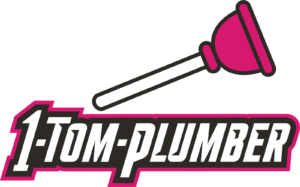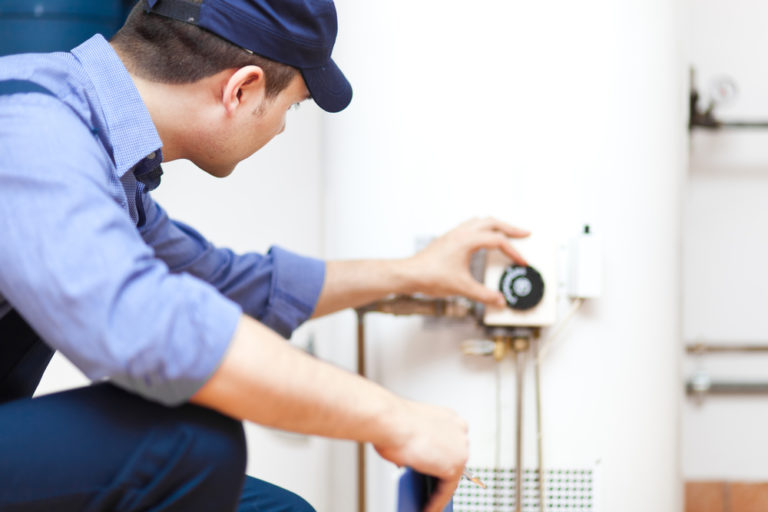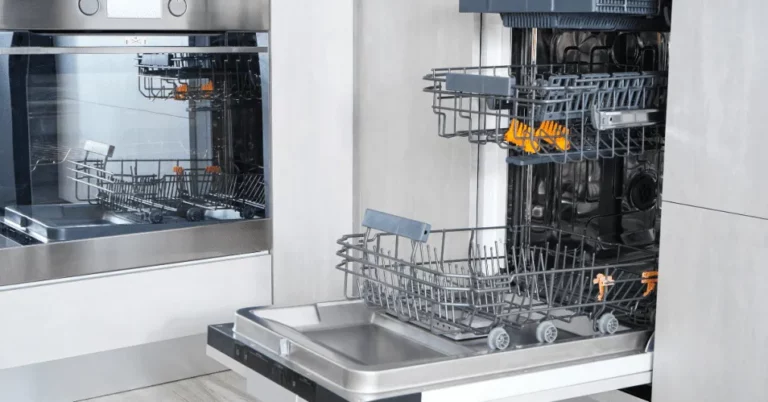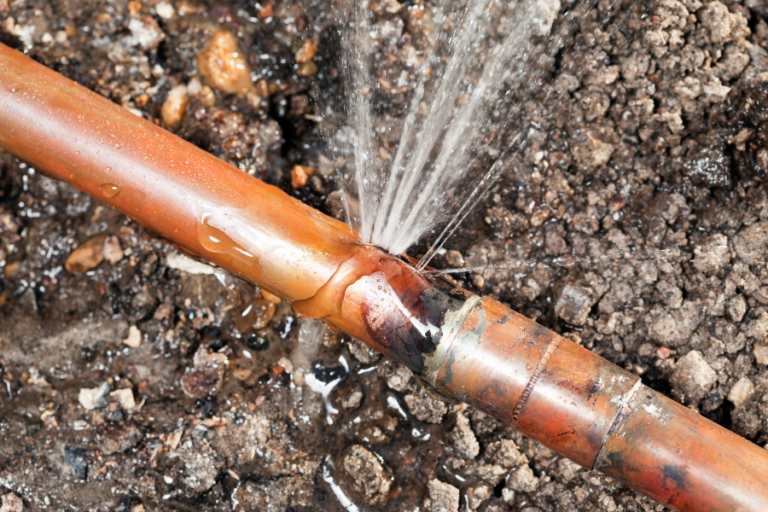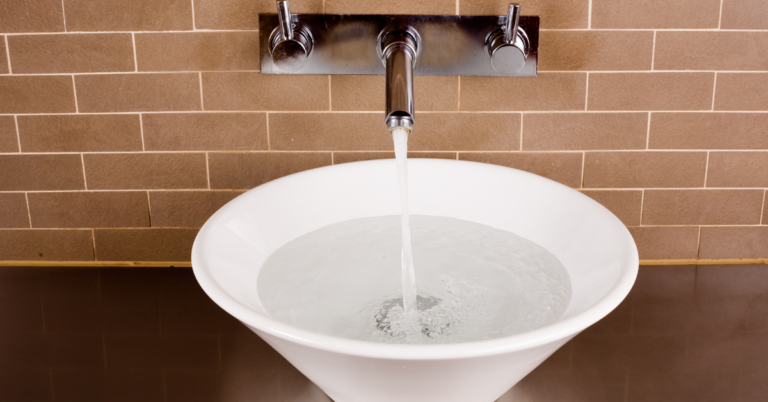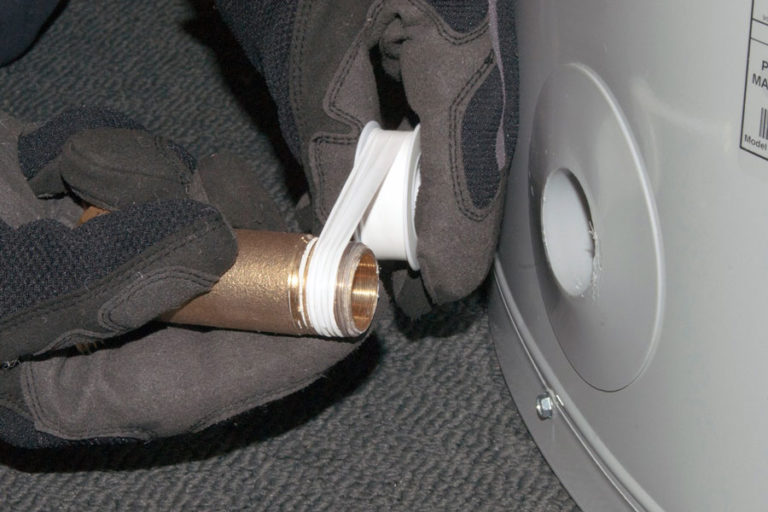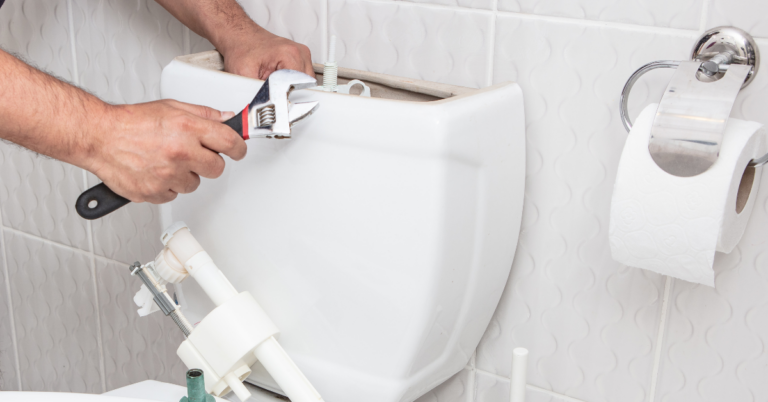Everything You Need to Know About Rain Gardens
If you are someone who has a lot of rain runoff and wants to put that to better use, then a rain garden might be the right solution for you. This helps prevent some of the issues that come with runoff like pollution of our water supply with things like oil or fertilizer. Rain gardens help filter the runoff so our water isn’t polluted when it gets into your storm drains or streams.
What is a Rain Garden?

A rain garden’s main purpose is to filter the runoff and create a self-sustainable garden. A rain garden sits in a depression in the ground, that way it holds the water. Native plants are the only plants that should be used in a rain garden. When you use native plants there is no need for fertilizer and it can take about 80% of the contaminants in rain runoff water.
The difference between this and your typical lawn and garden is mainly that a rain garden needs to be sunken about half a foot into the ground. It also needs to be on a bit of a slope. This way the water can be collected in the depression and moved back into your local water system.
Benefits of a Rain Garden

If you are interested in a water wise yard, a rain garden, in combination with a greywater recycling system your water bill can be significantly reduced. If you are using this on a slope in your property, you will not need to worry about installing a sprinkler system in that area as the rain garden will water itself!
Native plants also help make sure that it is easy to maintain. They don’t need to be fussed with much as they are in their natural habitat. You can have a low-maintenance yard while it still looks beautiful. This will also help more local wildlife like birds and pollinators come to your yard more!
Specifications

A rain garden can’t just be placed anywhere. It needs to be at least 10 feet away from your home and any structure. In the event of massive rain, if it is placed too close to your home it could flood your basement, or crawlspace or cause foundation issues. Location is everything, it also needs to not be over any sort of septic tank, drain field, or utility. With a septic tank or drainfield it can pick up the contaminants in that. That would make your rain garden pointless. If it is over a utility it can cause issues if it is holding onto water for too long.

Your rain garden can’t be any size you want it to be, it needs to correlate with the size of what is draining into that. If your roof, or patio is draining into it, it needs to be 20% of the size of that area. In your average home size, you are probably looking at a 90 to the 350-square-foot garden.
So how does the rain garden get the water? From your downspouts. It’s ideal to have one, but two would be even better! Or if space allows, you can have a rain garden for every downspout you have.
DIY or Professional Installation

If you are a weekend warrior, this is a great project for you! It may take a weekend or two depending on how many people you have digging the depression out. However, before you start there are a few things you will need to do in preparation for the garden. The first is to call 811 to find out where any sort of utilities may be. This might need to be done well in advance. After that is planning where your garden will go. You’ll need to make sure it’s far enough away from any structures and not over any utilities and septic systems. You will also need to do soil and infiltration tests. These will help determine if you need to buy more effective soils for your rain garden.
Final Thoughts
A rain garden is a great way to put rain runoff to use and help take care of the pollution it creates in our water systems. It can help create a water-wise garden and save you money that way. It also is a great way to incorporate more native plants into your lawn.
Call 1-Tom-Plumber
Don’t hesitate to contact us here or call us at 1-Tom-Plumber (1-866-758-6237) if you need help with any plumbing, drain cleaning, water damage, or excavation services. 1-Tom-Plumber’s certified team of plumbers and drain technicians respond immediately to any emergency plumbing, drain cleaning, or water damage problem. We also handle the excavation of underground water lines and sewer main lines. Our immediate-response team is available every day and night of the year, even on holidays.
